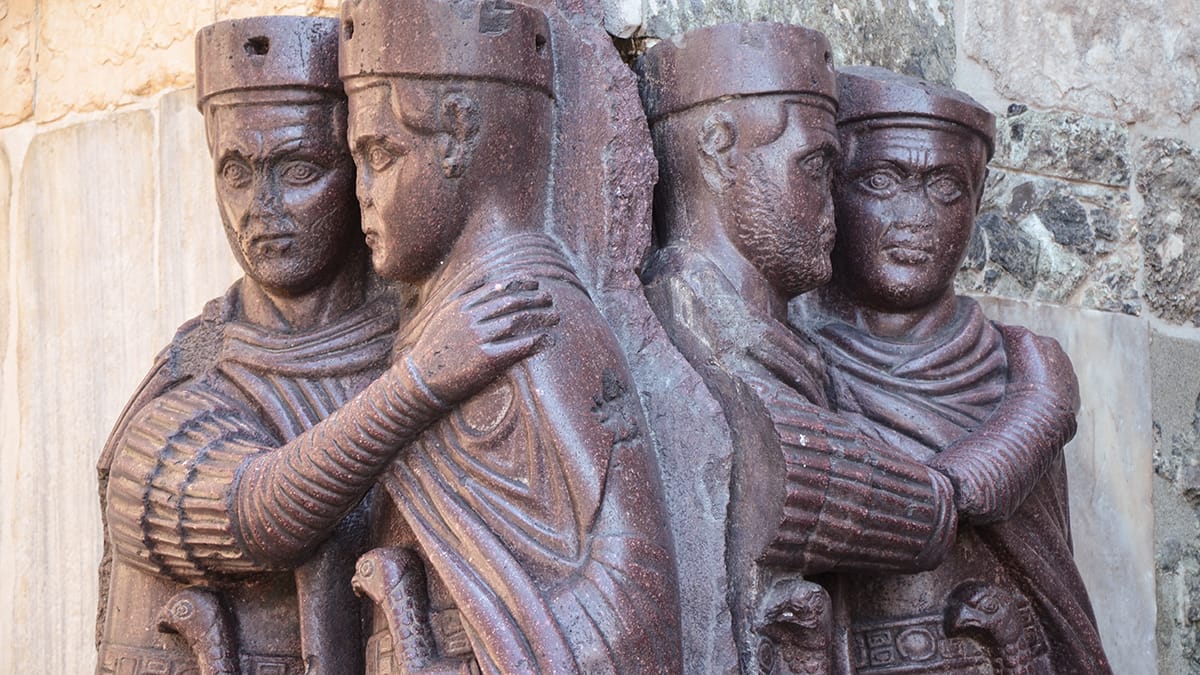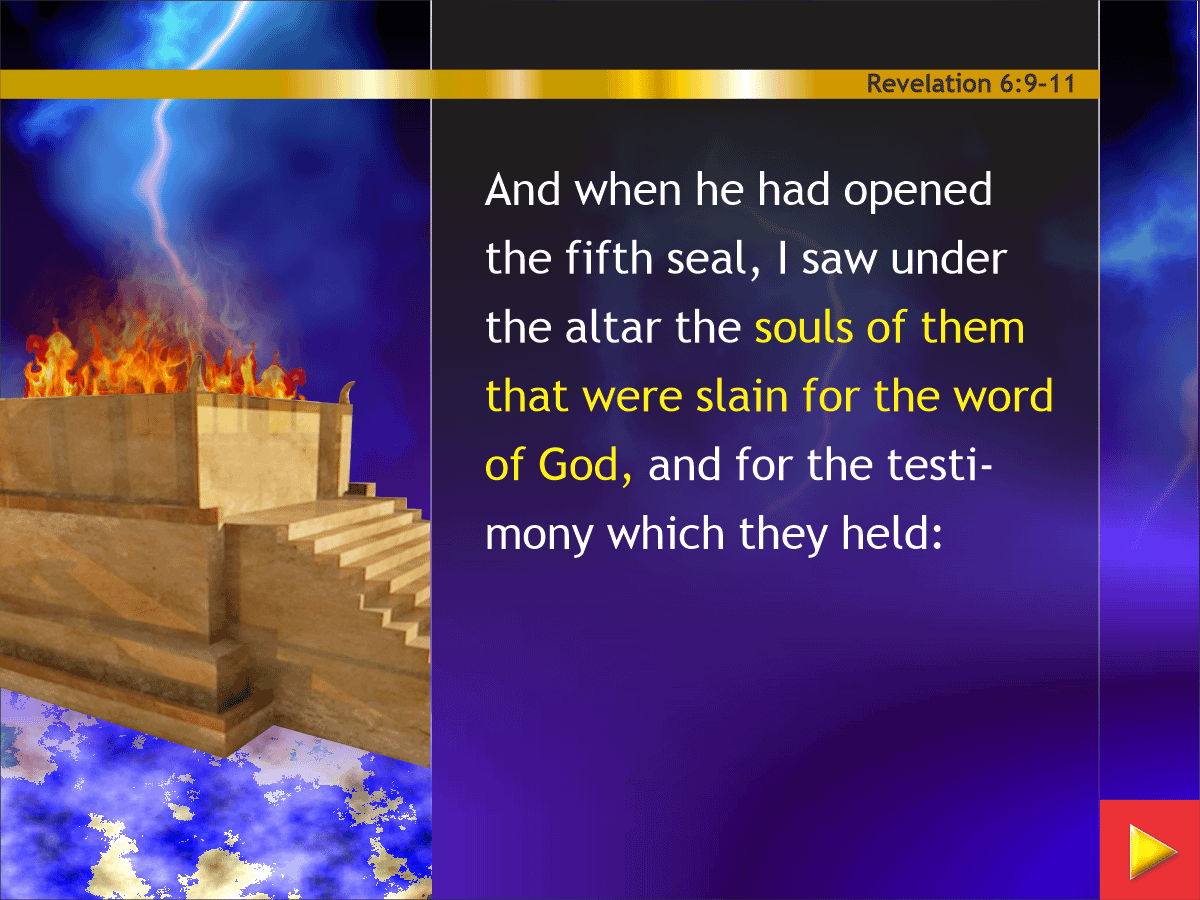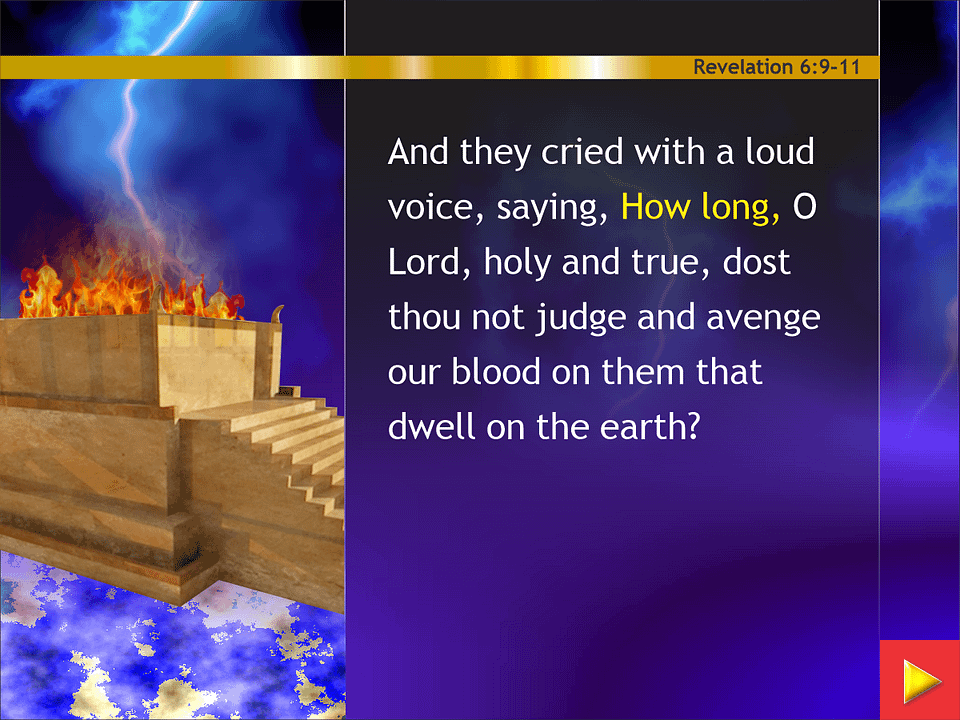Prophecy
Revelation
The Fifth Seal
The Great Persecution
The Altar and Martyrs
Circa AD 303 –
And when he had opened the fifth seal, I saw under the altar the souls of them that were slain for the word of God, and for the testimony which they held: And they cried with a loud voice, saying, How long, O Lord, holy and true, dost thou not judge and avenge our blood on them that dwell on the earth? And white robes were given unto every one of them; and it was said unto them, that they should rest yet for a little season, until their fellowservants also and their brethren, that should be killed as they were, should be fulfilled.
A new emperor arises to halt the dissolution of the empire and to bring it under control. But his rule and reorganisation introduces the last and greatest attempt of the Roman Empire to extinguish the very existence of Christianity itself.
After the first four Seals, which dealt with the secular condition of the Empire, the visions change and the fifth and sixth seals contain a “religious” aspect. As Rome begins to fall apart a new and important emperor, Diocletian, arises to reorganise the Empire. Diocletian, however, also brought about the last and greatest Imperial Roman persecution against the Christians, who were growing in strength. He and his fellow leaders sought to exterminate Christianity and the Bible once and for all. For ten years the Christians suffered under this attempt.
For more detail, read the extracts below…
The Visions of Daniel and the Revelation Explained
E.P. Cachemaille, c.1917A simple but comprehensive summary
Download the book
Daniel and the Revelation
Joseph Tanner, 1898Written as a comparison of the Historicist and Futurist interpretations
Download the book
Horae Apocalypticae
E.B. Elliot, 1862, Fifth EditionThe standard Historicist work – a detailed and thorough exposition in four volumes
Download the book

















